
ERC-5792: The Next Step for Ethereum Wallets
Author
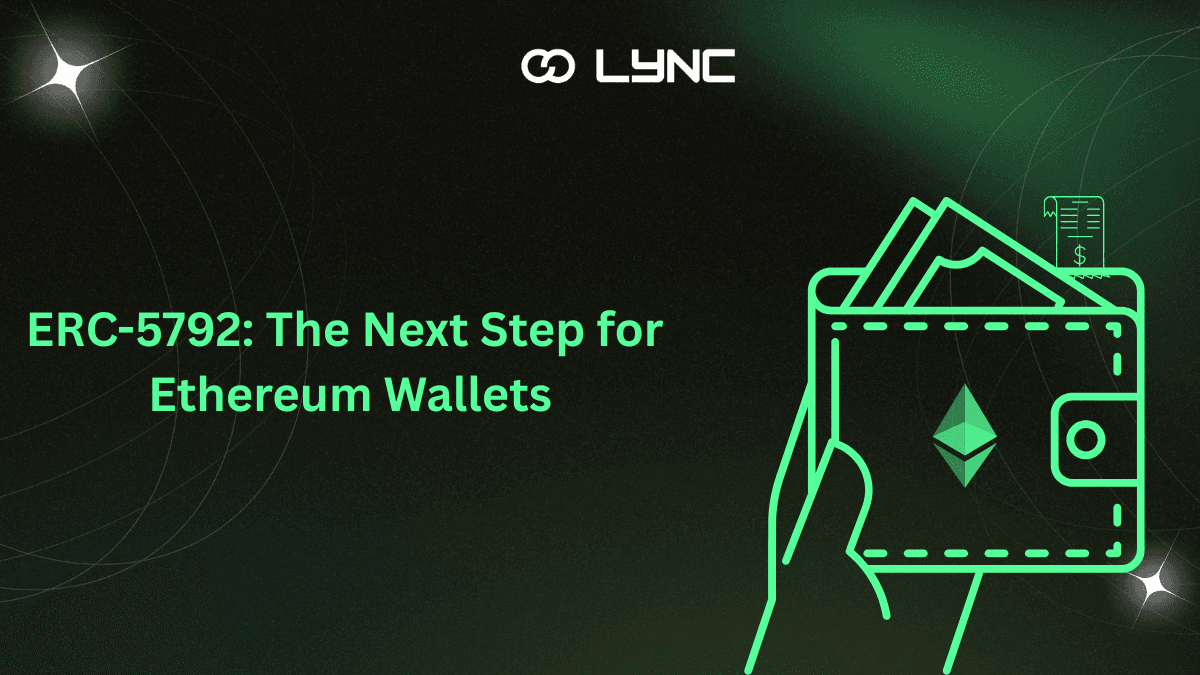
For years, Ethereum wallets have been the keys to a fascinating digital kingdom. But let’s be honest, using them hasn’t always felt magical. If you’ve ever stumbled through signing confusing messages, wondering why sending a token takes five steps and gas fees feel like mystery charges, you’re not alone.
The Ethereum ecosystem is powerful, but user experiences are still catching up. Wallets today mostly act as passive vaults. They sign things. They send tokens. But in an increasingly smart-contract-driven world, users need smarter, more interactive tools.
This is where ERC-5792 comes in—a fresh Ethereum standard that wants to take wallets from being button-clicking tools to actual players in the dApp experience.
ERC-5792 is a newer Ethereum standard that helps make wallets a lot smarter and easier to use.
It all started in 2023 with a proposal called EIP-5792, which introduced the idea of “intent-based actions.” The goal? Let your wallet understand what you want to do, like send tokens or buy an NFT, and take care of the steps for you. That proposal evolved into what we now call ERC-5792, and it’s quietly changing the way we use crypto wallets.
Instead of signing off on every little step in a transaction, ERC-5792 lets your wallet understand the big picture. For example, imagine you want to swap tokens, stake what you get, and then claim a reward — normally, that would mean multiple steps and confirmations. With ERC-5792, you just hit a button, and your wallet does it all in one go.
It’s a win for beginners and power users alike: less clicking, less confusion, and a lot more automation behind the scenes.
Yes, but it’s still early days.
ERC-5792 was proposed in 2023 and since then, has gained some traction among developers and wallet projects interested in improving the user experience. While it’s not yet as widely adopted as older standards like ERC-20 or ERC-721, some forward-thinking projects are already exploring its potential.
It’s especially attractive for apps and platforms focused on automation, simplicity, and onboarding new users; all areas where traditional wallet systems still struggle. As more tools and wallets start to prioritize smoother, intent-based user flows, adoption of ERC-5792 is expected to grow steadily.
Crypto is growing fast, but using it can still feel like a headache. According to a recent report by ConsenSys, over 75% of users say managing multiple wallets is confusing. It’s a clear sign that the user experience needs to improve. People want to explore Web3, but they don’t want to deal with complex interfaces, strange error messages, or copy-pasting long 42-character wallet addresses. What they really need is a simpler, more unified way to access everything without the stress.
ERC-5792 is about removing that friction. Instead of juggling gas fees, confirmation popups, and fragmented dApps, users can just express their intent and let their wallet take care of the rest. It’s like upgrading from manual gear to automatic.
Think of it like ordering food through an app. You don’t manually message the chef, driver, and payment processor. You just tap “Order Now.” ERC-5792 brings that kind of simplicity to blockchain actions.
1- Understand User Intent
“Buy this NFT” becomes one tap.
ERC-5792 lets wallets act on your goal, not just single steps. No more clicking ‘approve’ five times.
2- Batch Multiple Actions
Swap ➝ Stake ➝ Claim rewards — all in one go.
This standard lets wallets combine actions into one smooth flow.
3- Automate On-Chain Tasks
Tell your wallet what you want, it handles the rest.
Like setting up recurring payments or farming strategies — without babysitting each step.
4- Fewer Confirmations, More Safety
Skip the clicks, not the security.
ERC-5792 minimizes user friction without skipping safety. Wallets can verify and filter malicious or faulty intent before execution.
LYNC is building with a clear purpose: to make Web3 accessible, intuitive, and useful for over 7 billion mobile users. We’re an autonomous AI + Web3 Layer designed to simplify the process of building on-chain products. With our no-code platform, developers can launch smart wallets, create AI agents, tokenize assets, and build cross-chain dApps in a fraction of the time and cost it would normally take.
Now, while we don’t currently support ERC-5792, we’re already aligned with the ideas behind it. This standard introduces intent-based interactions, allowing wallets to carry out user instructions more fluidly, and that’s right in line with what we’re working toward. Our infrastructure is already built to support this kind of seamless user experience.
As ERC-5792 gains traction, integrating it into our stack is a natural step. We’re always evolving to support the latest advancements in the space, and we see this standard as a powerful addition that could make our platform even more intuitive for developers and users alike. We’re excited for what’s ahead, even as we and we’re building it.
Ethereum is in the middle of a broader UX revolution. Between Account Abstraction (ERC-4337), Smart Wallets, and now ERC-5792, the theme is clear: give users more control, with less friction.
ERC-5792 doesn’t replace other wallet standards; it works alongside them.
ERC-4337 gave us smart wallets that can do more than just hold crypto, like letting others pay gas fees or using tokens instead of ETH for transactions. ERC-5792 builds on that by making these smart wallets even better by allowing them to do more actions with fewer clicks or approvals from the user.
This means better experiences for:
Developers are already exploring ERC-5792’s potential. Projects like Safe (formerly Gnosis Safe) and Ambire Wallet have shown interest in transaction batching and smart transaction flows, key components of the new standard.
In fact, recent analysis of public GitHub activity confirms that Ethereum leads with more than 5,000 monthly active developers, making it the most active blockchain ecosystem.
Standards like ERC-5792 give these developers new tools to create smoother user experiences.
If you’re new to Ethereum or just starting to explore crypto, ERC-5792 may not sound urgent, but it’s foundational. As more dApps and wallets implement this standard, your experience will become dramatically smoother.
You won’t have to understand gas fees right away. You won’t have to click ‘approve’ five times to use a DeFi app. Your wallet, possibly powered by LYNC, will be smart enough to handle the nitty-gritty, while you focus on what matters: owning and using your assets.
ERC-5792 is still in the proposal phase, but the momentum is real. As developers and platforms adopt it, users can expect wallets to become more intelligent, secure, and intuitive.
For a space that talks so much about the future, ERC-5792 is how we actually build it, by making blockchain easier, not just bigger. LYNC’s alignment with that vision makes it a project to watch, as it stands at the intersection of intent-driven design, AI, and smart wallet functionality.
Because Web3 isn’t just for the tech-savvy anymore. With ERC-5792, it’s finally getting ready for everyone else too.
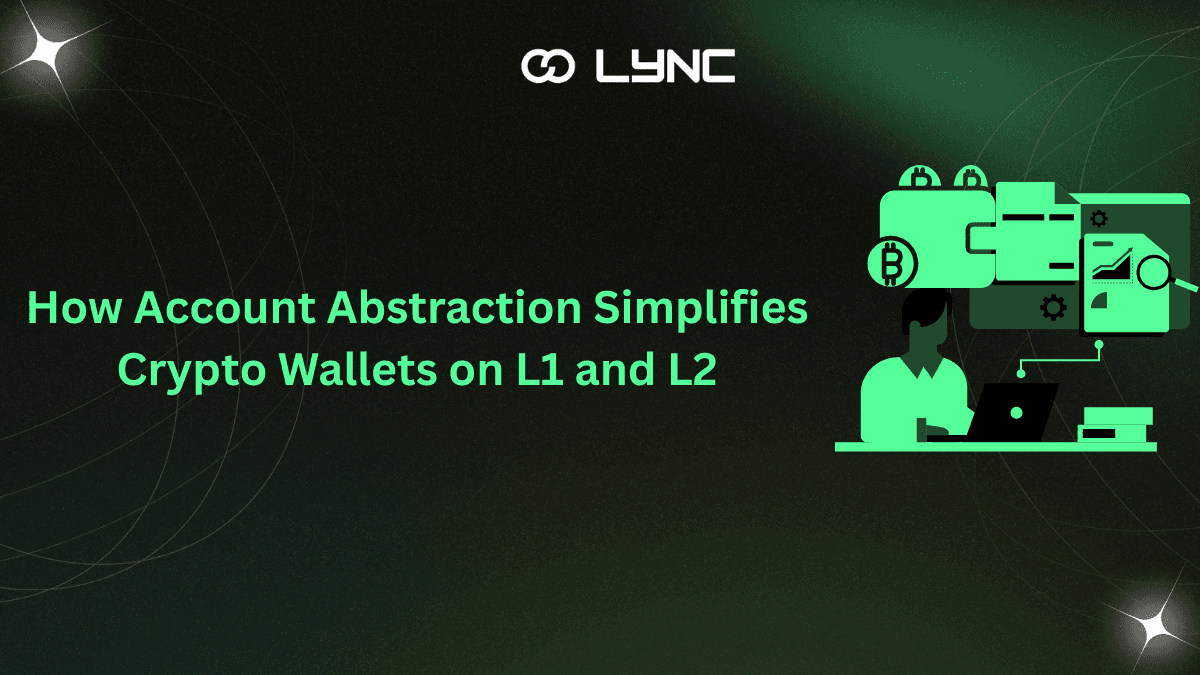
July 28, 2025
Crypto wallets have long felt like those remote controls with 50 buttons, but you only know what five of them do. While the tech-savvy might enjoy the complexity, most everyday users just want to send, receive, and store crypto without...
Author
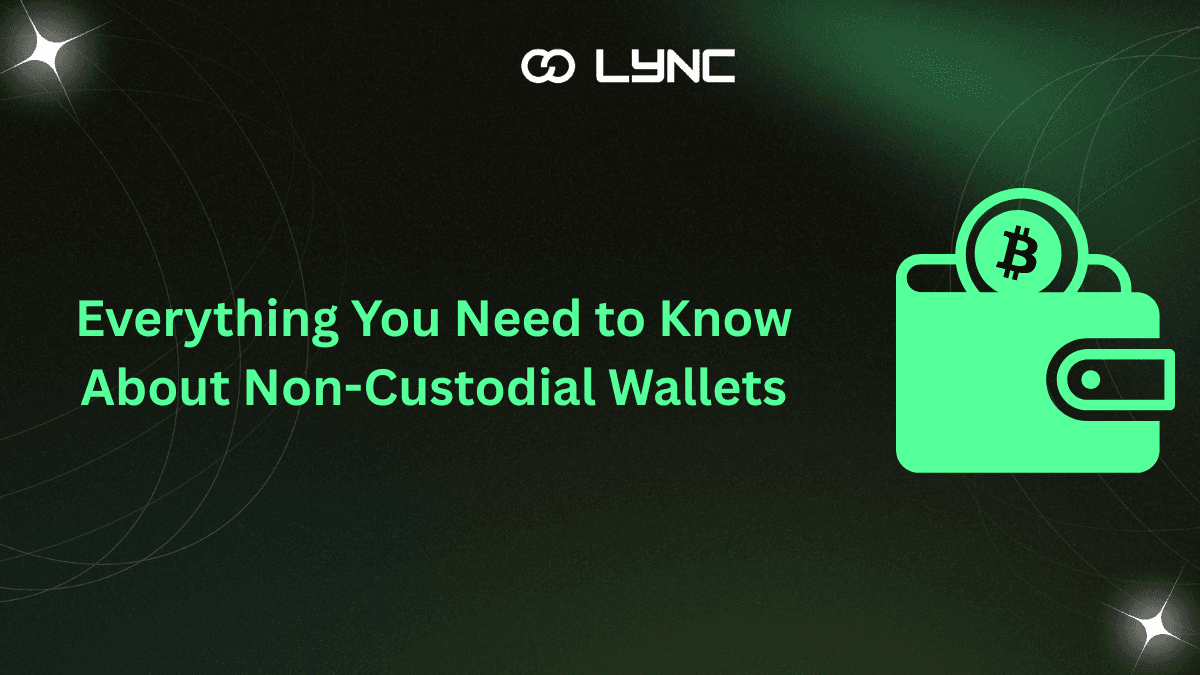
July 25, 2025
Web3 is all about putting control back in your hands and non-custodial wallets are a great place to start. These special wallets give you full control over your digital assets, without relying on banks, exchanges, or middlemen. If you’ve heard...
Author

July 24, 2025
As Web3 continues to evolve, blockchain networks like Aptos are gaining momentum for their speed, scalability, and developer-friendly design. Yet one major hurdle still stands in the way of mass adoption: gas fees. Whether you’re minting an NFT, sending tokens...
Author
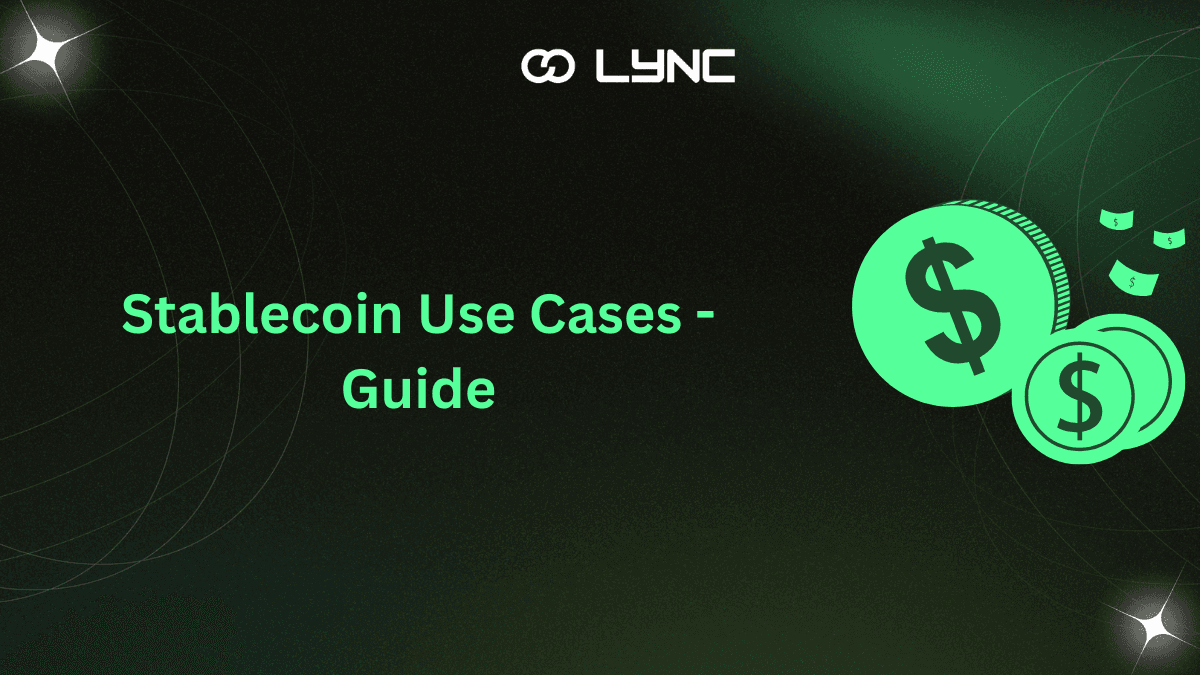
July 23, 2025
Sending money across borders isn’t as simple as it sounds. Your local bank can’t just send funds directly to someone in Korea. It has to go through a chain of other banks, called correspondent banks, to get there. Each bank...
Author
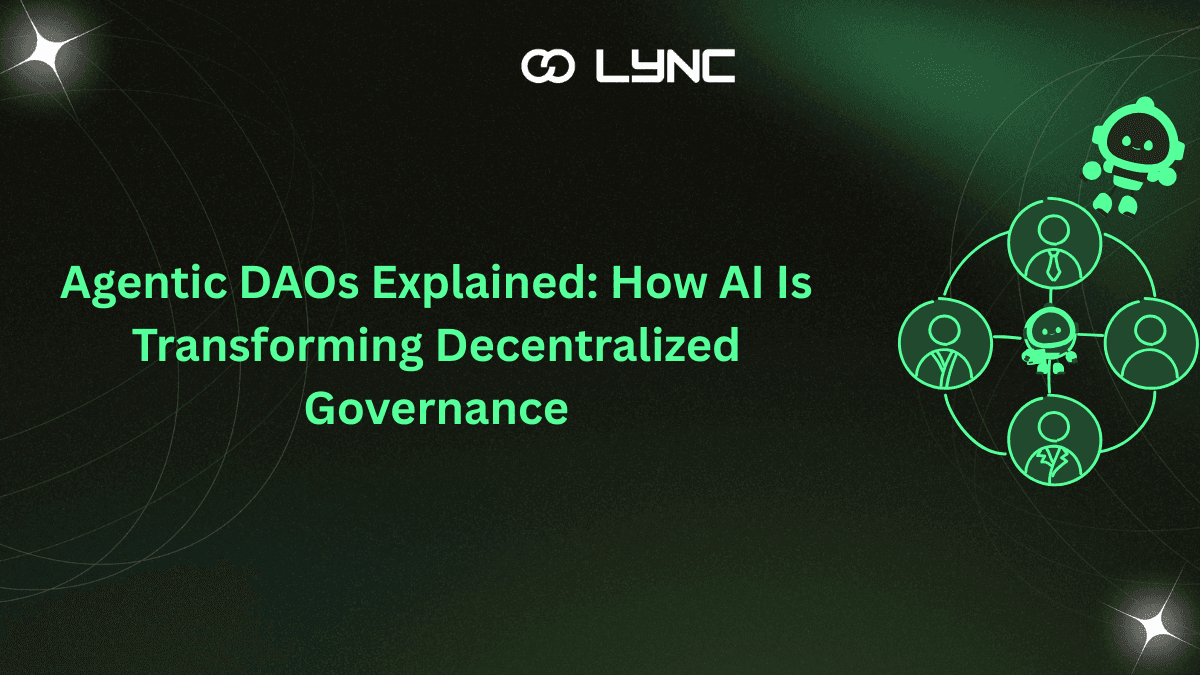
July 22, 2025
Web3 is changing fast, and one of the most fascinating new developments is the rise of Agentic DAOs. These are decentralized organizations where AI agents help run the show. Unlike traditional DAOs, where decisions rely solely on the votes of...
Author
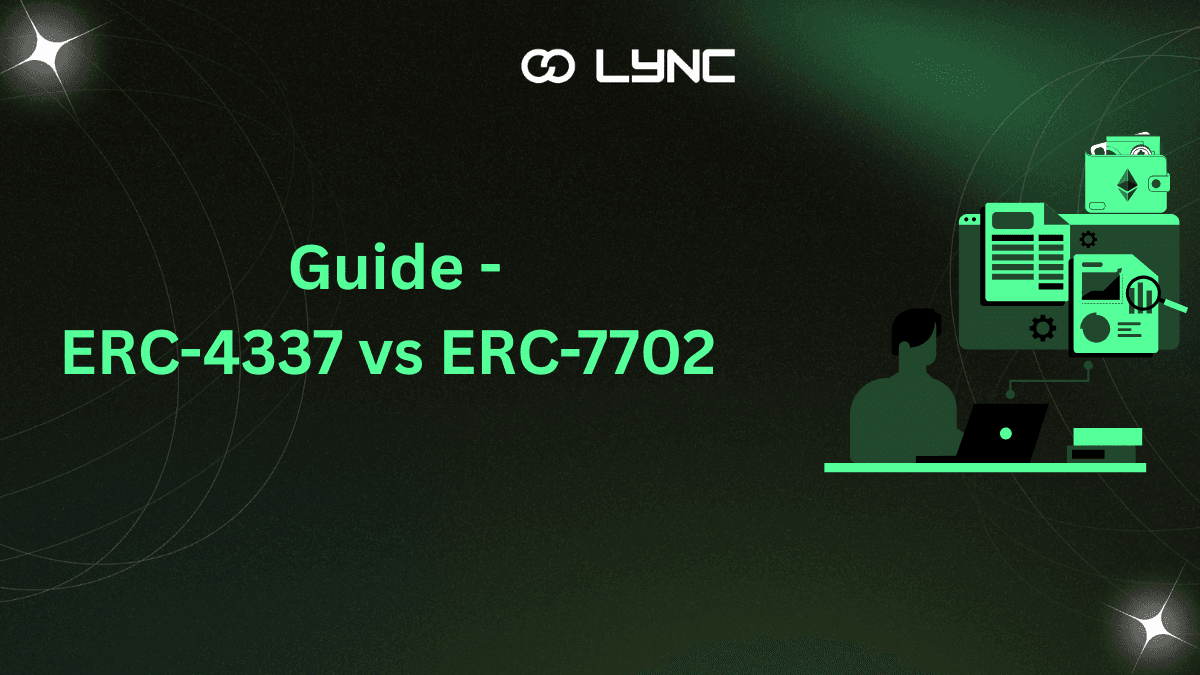
July 21, 2025
Ethereum is evolving fast, and two important updates leading the way are ERC-4337 and ERC-7702. These new standards are changing how wallets work, making them smarter, more secure, and easier to use. ERC-4337 is already live, powering smart wallets with...
Author
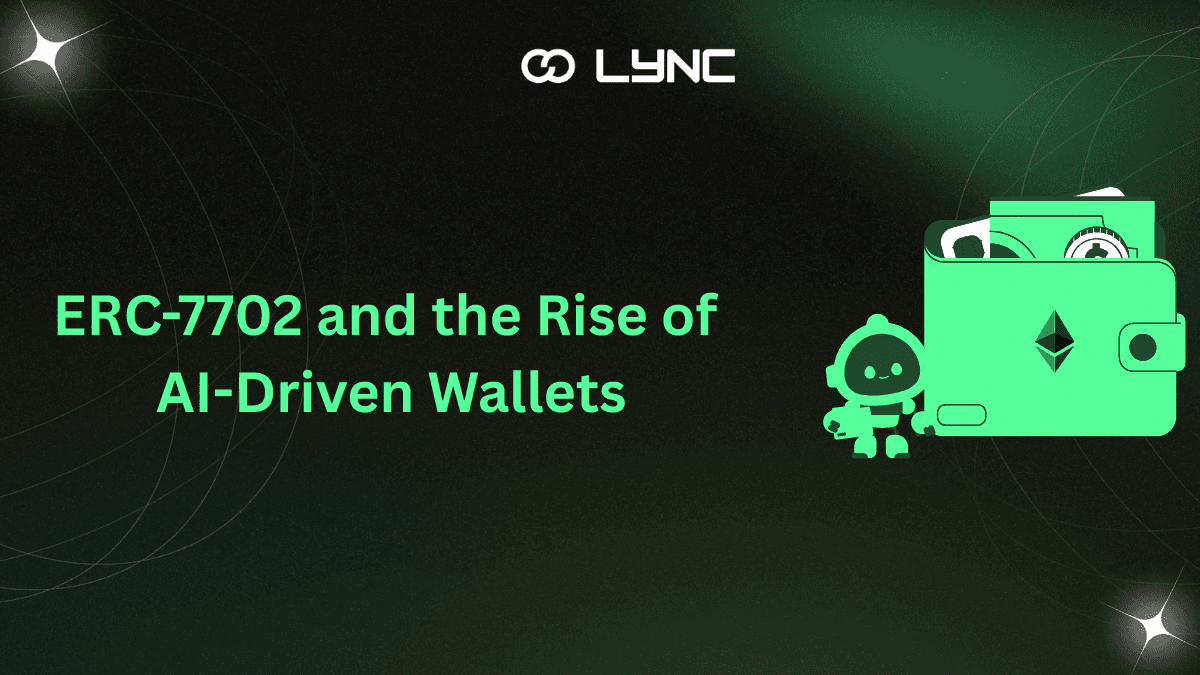
July 18, 2025
If you have ever used a crypto wallet before, you might have an idea of how tricky it could be, particularly if you are still not used to the cryptospace. But there’s some good news. There’s a new Ethereum standard...
Author
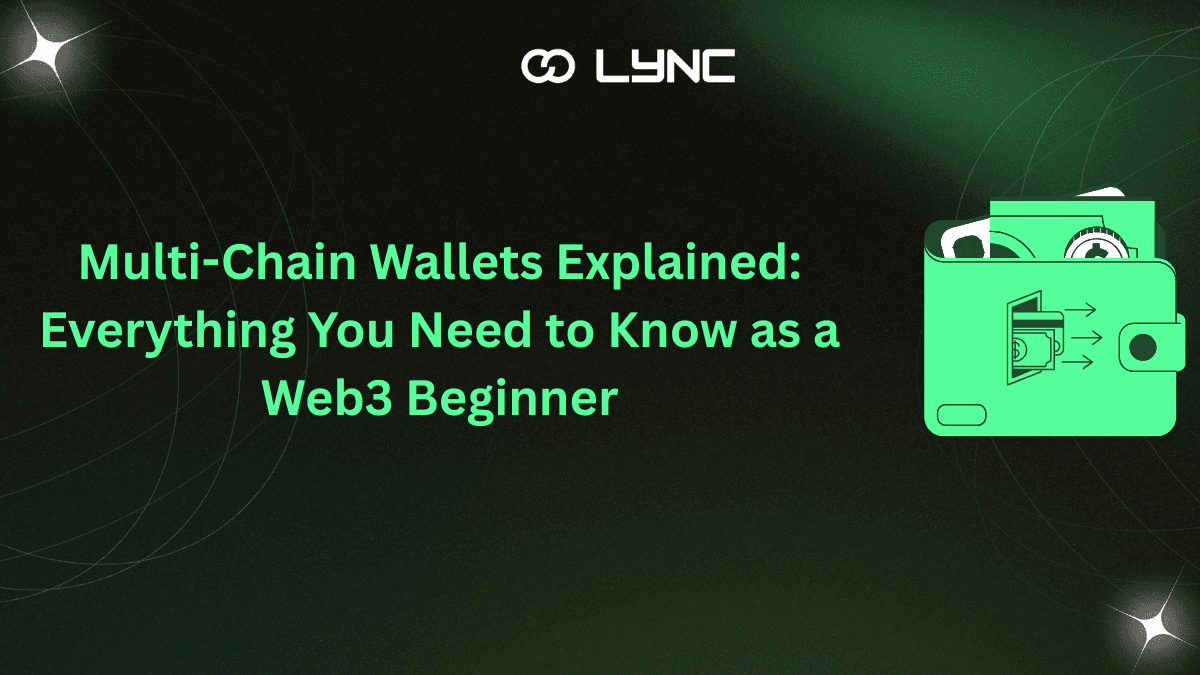
July 17, 2025
If you’re stepping into the world of crypto, there’s a good chance you’ve come across more than just Bitcoin and Ethereum. From Polygon to Solana, Avalanche to zkSync, the blockchain universe is expanding at lightspeed. With it, a simple question...
Author
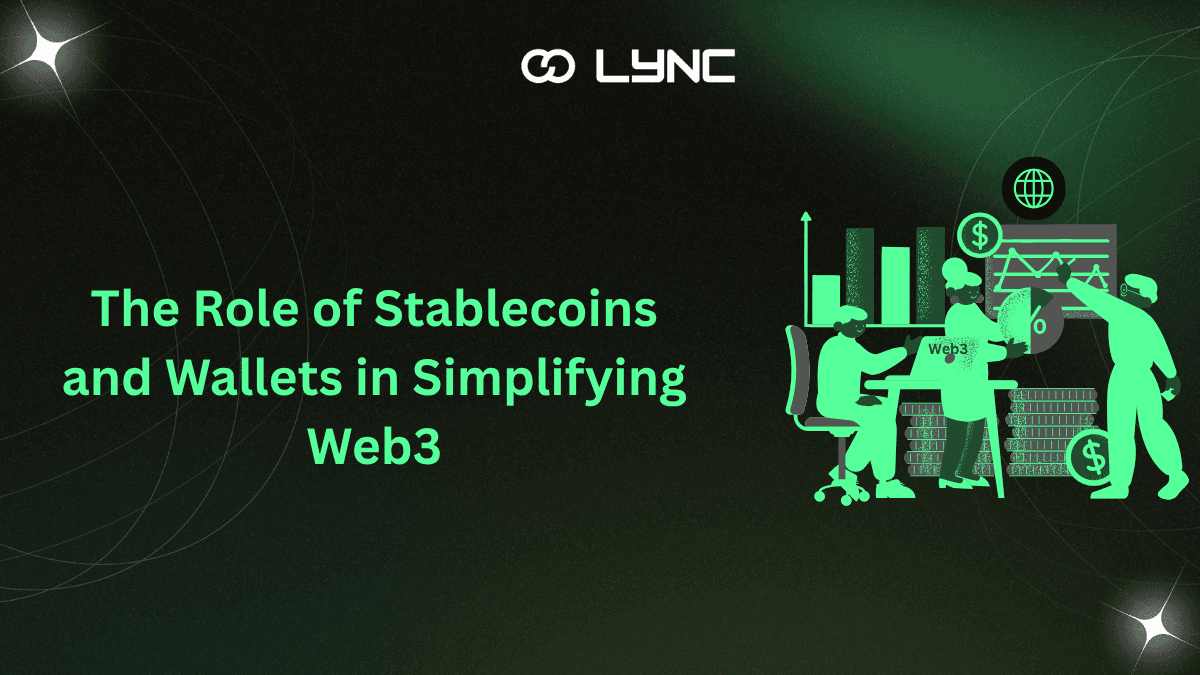
July 16, 2025
Let’s face it: the world of Web3 can feel like stepping into a science fiction novel. Between NFTs, DAOs, Layer 2s, and private keys that vanish if you sneeze too hard, it’s no wonder many people are still standing at...
Author
Unlock special content and connect with others.
Join our community today!




